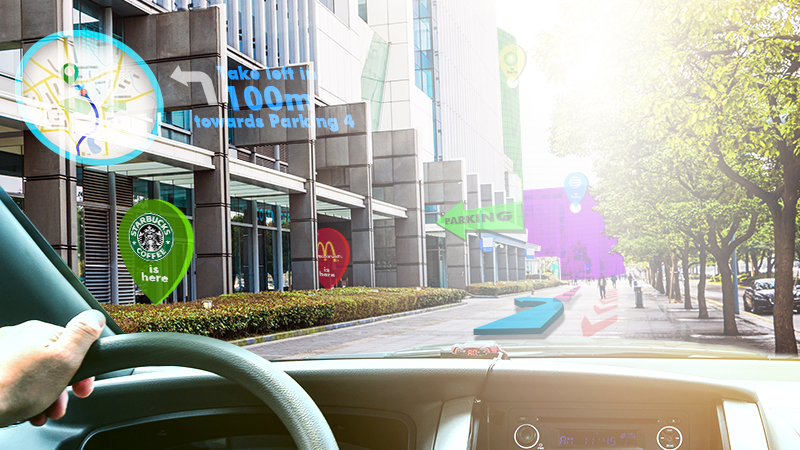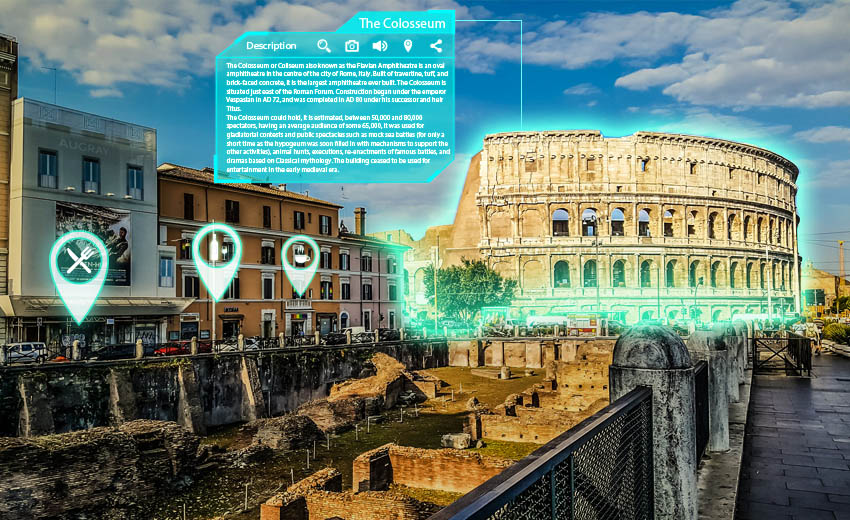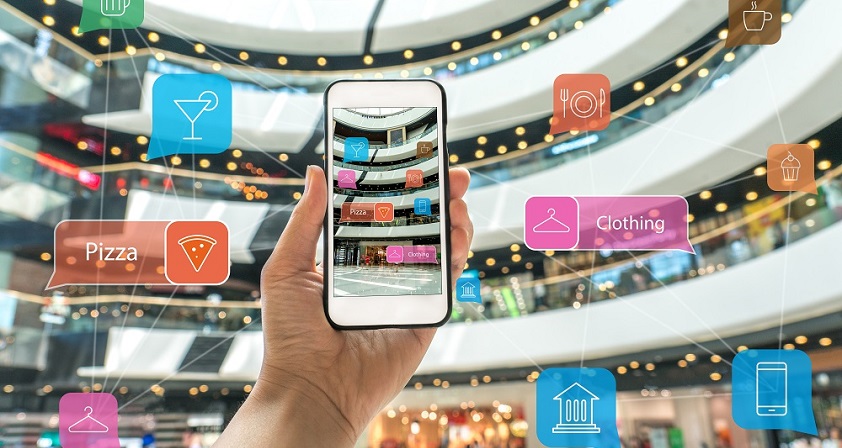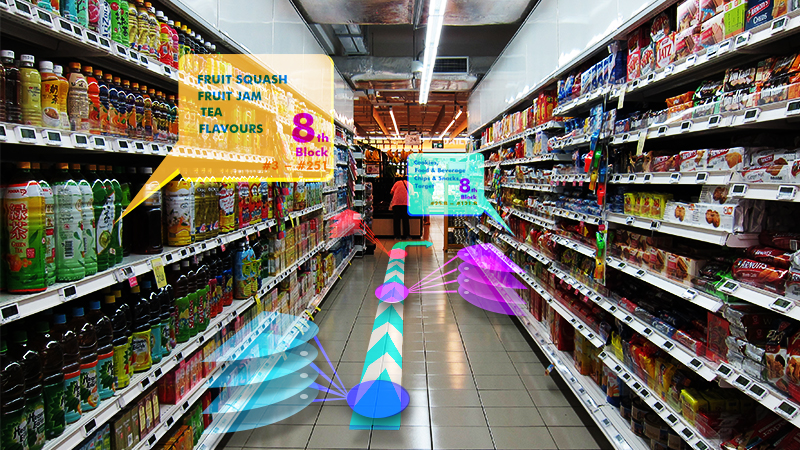Pokémon is an AR game, which made location-based Augmented Reality a success. It also drives home to businesses the fact that they could easily incorporate location-based AR feature into their services, thus providing a more personalized experience for the customer. Other than gaming they are useful in business, navigation, marketing, etc. Travel and Tourism sector especially can benefit from this feature.
What is Geo-based AR?
AR obviously as you all know is overlapping real world with computer generated graphics of virtual reality. Geo-based Augmented Reality, in the meantime, is a mix of location-based system and GPS used to track the location of a device and overlay the data on the screen about the point of interest. Now, you can also mix up AR with geospatial data techniques, along with location sensors like digital compasses, gyroscopes, and accelerometers, to get a highly immersive and exciting experience.
The value proposition for location-based AR
- 3D Visualisation
- Contextual Information
- Immersive Experiences
- Natural Interface
- Augment a location
Why you need Location Based AR apps?
You know very well that there are apps that let you envision how furniture looks like in your home. But, if you were to close the app, you may have to start from scratch to see where precisely it was positioned earlier. Well, the need for incorporating user’s environment into your UX is required not just for furniture designing but also if it was an app for a street festival or a mall and if it was organizing scavenger hunt where customers could gather special coupons, designing a location into the app will ensure that you are pushing the correct content to the user at the right moment, based on their location. At the same time for indoor navigation or if there is need to identify the position of the user within the 2-5meter radius, then you can also make use of the Wifi or Bluetooth beacon, which will work instead of the GPS. At the same time, for vast and hard to navigate places like hospitals or airports, there are apps that combine BLE beacons, wifi and RTLS offering turn-by-turn wayfinding using AR directional arrows, distances, and important information.
Benefits of Location Based AR for Travel and Tourism
Hotels or restaurants can now use location-based AR to market or promote their product via their tracking functionality. Tracking is when making use of the latitude or longitude API’s to get the accurate location of a building and its “augmented” 3D view is made available to the user on the map. A very innovative and smart way to reach out to your TG, don’t you think?
Alternatively, imagine your customer is out in a town or city they do not know much off, and they find that the usual walking route that they take, the subway is suspended for some work. Well, then how about incorporating a bit of location-based AR feature into your app, it will help them quickly find an alternative route to their destination.
Well, while GPS could provide the same feature, it cannot deliver an immersive experience, directing them across while also feeding them with information about the buildings or monuments, on the way. This helps to deliver a positive experience for tourists, wooing them. How about the interactive guides in front of famous landmarks or helping to navigate a complex intersection using AR?
Another advantage is that with these services, restaurants can also woo their customers using these services by offering them a more tailored unique experience based on where they are at, rather than the usual standard display that they get. Imagine a virtual menu board placed nearby.
Use Cases of location-based AR services
- Various public parks in New Zealand and Australia are using location-based AR feature to woo kids and get them interested in going outdoors instead of spending time on the couch with a laptop or a TV. What this particular app does is it helps to build a magical virtual world, overlapping the reality of the park, so that kids can find anything from roaring dinosaur to a bouncing teddy bear, as they navigate through the park. This, in a way, helps customers to connect with the outdoor places and also to drive awareness to them about conservation or social action to take.
- There are also location-based AR apps that help the travelers on the Zentralbahn trainline connecting Interlaken and Lucerne to relate to the surroundings, by pointing out the places of interest not just to entertain them but also to keep them informed and educated on the way.
- Well, finding businesses or services like the restaurants, bars in the neighborhood of where the user is pointing the app on their mobile becomes real easy.
- If you enjoy stargazing but have no clue about what you are staring at, there an AR app to help you
- Provide users with digital content to view from a wide range of the source, by their location
- Personalized tour guides as well as museums or public exhibits coming out with location-based AR apps that deliver a 3D immersive experience
- It can be used to identify a product and give user complete information or knowledge such as its history and place of origin as well as details about the materials used in it and its nutritional value etc
- Can be used as an instructional manual or guide by just pointing the app at a product and details can be divulged via an AR experience
- How about location-based AR treasure hunt for promotional purpose?
Wrap-Up: Location-based AR used more for entertainment or gaming apps have also slowly ventured into other businesses and enterprises. Travel and Tourism Industry especially have identified the potential in this service to provide a more immersive and contextualized services for the customers and have started adapting to it.
AugRay aims to deliver a highly impressive and accurate location-based Augmented Reality experience, thus helping the travel and tourism industry to provide the best possible service and more customized customer experience, based on their location.











